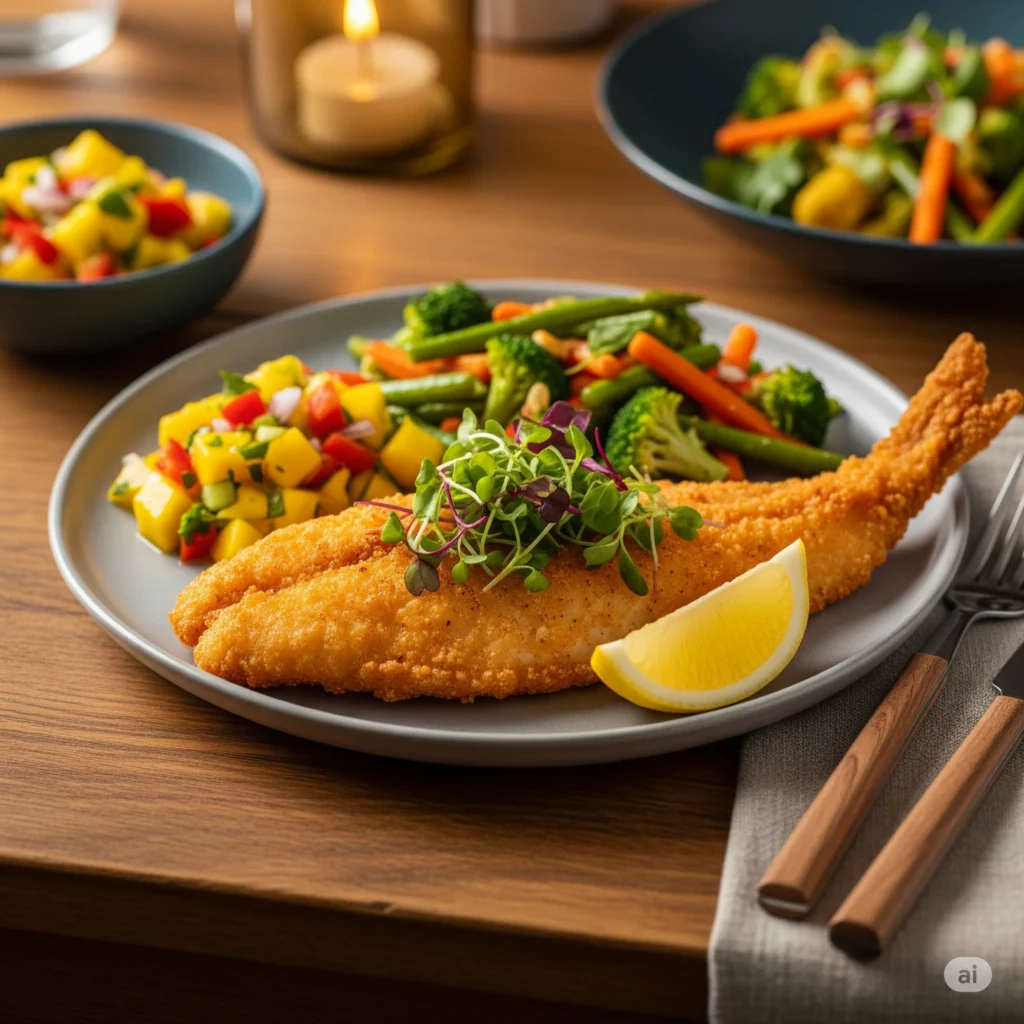
I. Introduction
A. Why Swai Fish Is Popping Up Everywhere
Hey, have you noticed swai fish showing up all over the place? From the frozen aisle at the grocery store to your favorite diner’s menu, this fish is making waves. It’s cheap, tasty, and super easy to cook. I mean, who doesn’t love a budget-friendly dinner option? But there’s more to swai fish than its wallet-friendly price tag, and it’s got some folks talking for all sorts of reasons.
B. The Buzz and the Drama Around Swai
Swai fish is like that friend who’s super fun but comes with a bit of baggage. People love it for its mild flavor and low cost, but some are side-eyeing it because of how it’s farmed or if it’s even safe to eat. Let’s dive into what makes swai fish such a hot topic and figure out if it’s worth adding to your grocery list.
II. Origins and Identity
A. What’s This Fish Called, Anyway?
Swai fish, or Pangasianodon hypophthalmus if you’re feeling fancy (I’m not), is basically a river fish from Southeast Asia. It goes by a ton of names—basa, tra, sutchi, or even “iridescent shark” (cool, right?). But don’t let the shark part fool you—it’s no Jaws. It’s just a chill fish swimming in the seafood world with a bunch of nicknames.
B. Where Swai Hangs Out
Picture swai fish chilling in the muddy waters of the Mekong River, flowing through places like Vietnam and Thailand. It’s born to thrive in those warm, murky rivers, swimming around like it owns the place. These days, though, most swai fish you eat comes from fish farms, not the wild—kinda like the difference between a backyard garden tomato and one from a big farm.
C. Swai vs. Catfish: Not the Same Thing
Okay, swai fish gets called “Asian catfish” sometimes, but it’s not the same as the catfish you’re picturing with those whiskery vibes. Swai’s sleeker, with shiny scales and a sweeter taste. It’s like the cool cousin of catfish—similar but with its own personality. Some sneaky restaurants might try to pass swai off as catfish, so watch out!
III. Culinary Characteristics
A. What’s Swai Taste Like?
Swai fish is the chillest seafood you’ll ever meet. It’s got this mild, slightly sweet flavor that doesn’t scream “fishy” at all. The texture? Soft, flaky, and just melts in your mouth after cooking. It’s like a blank canvas that soaks up whatever spices or sauces you throw at it. Perfect for anyone who’s not super into strong seafood vibes.
B. Cooking Swai Is a Breeze
You can do pretty much anything with swai fish. Fry it up with a crispy batter for fish tacos—yum! Grill it with some lemon and herbs for a fancy-ish vibe. Or toss it into a curry or stew—it holds up like a champ. Swai’s so easy to work with, it’s like the low-maintenance friend who’s down for anything.
IV. Nutritional Profile
A. What’s in It for You?
A chunk of swai fish—say, 4 ounces—has about 70 calories and a solid 15 grams of protein. It’s super lean, so it’s great if you’re watching your waistline. But, here’s the catch: it’s not loaded with those heart-healthy omega-3s like salmon. So, swai fish is cool for a protein boost, but it’s not winning any superfood awards.
B. Any Health Perks?
Swai fish brings a bit of selenium to the table, which is great for keeping your immune system on point. It’s got some niacin and B12 too, helping with energy and brain stuff. It’s not a nutritional rockstar like some other fish, but it’s decent for a quick, healthy meal. Just don’t expect it to be your one-stop health shop.
V. Farming Practices and Production
A. How Swai Gets to Your Plate
Most swai fish comes from fish farms in Vietnam’s Mekong Delta, where they raise these guys in big river cages. It’s a huge business—think billions of dollars huge. They feed swai fish stuff like rice bran and soy to keep costs low. It’s efficient, sure, but it’s not exactly a serene fishy paradise.
B. The Not-So-Great Stuff
Here’s where things get a bit messy. Some of these fish farms can be rough on the environment, dumping waste into rivers and messing up the ecosystem. Plus, the feed sometimes includes genetically modified stuff or bits of other fish, which isn’t super eco-friendly. Oh, and there’s talk about sketchy labor conditions at some farms. So, swai fish’s cheap price might come with a hidden cost.
VI. Health and Safety Considerations
A. Is It Safe to Eat?
Swai fish from some farms can pick up nasty stuff like mercury if the water’s not clean. Studies say it’s usually okay, but levels can get a bit high—higher than cod, for example. If you’re pregnant or feeding kids, maybe don’t go all-in on swai fish every week. Better safe than sorry, right?
B. Antibiotics and Other Ick
Some farms use antibiotics to keep swai fish healthy in those crowded cages, and not all of them are cool by U.S. or EU standards. There’s also a chance of bacteria like Vibrio, which can make you sick. It’s not a horror show, but it’s worth checking where your swai fish comes from to avoid any sketchy surprises.
VII. Swai Fish in the Global Market
A. Why It’s So Cheap
Swai fish is like the bargain-bin gem of seafood—sometimes as low as $2 a pound! That’s way cheaper than fancy-pants salmon. It’s usually sold frozen, so you can grab it at pretty much any grocery store. Swai fish makes seafood feel less like a splurge and more like an everyday option.
B. The Sneaky Labeling Problem
Here’s the tea: swai fish sometimes gets passed off as pricier fish like grouper or sole. Restaurants might slap a fancy name on it to charge more, which is super shady. A study found over half of “fish” dishes in some spots were actually swai. Stick to trustworthy sellers, and you’ll know you’re getting the real deal.
VIII. Sustainable Alternatives and Recommendations
A. Better Swai Options
If you’re vibing with swai fish but want to keep things eco-friendly, look for labels like Aquaculture Stewardship Council (ASC) or Best Aquaculture Practices (BAP). These mean the fish was farmed with a bit more care for the planet and safer practices. It’s like choosing the “nice guy” version of swai fish.
B. Other Fish to Try
Not sold on swai fish? No worries—there are tons of other options. Wild-caught salmon or cod pack more omega-3s and are often cleaner. Tilapia’s another budget pick that’s similar to swai but sometimes a bit healthier. Go for sustainably sourced fish, and you’re doing your body and the planet a solid.
IX. Conclusion
A. Weighing the Good and the Not-So-Good
Swai fish is like that cheap, tasty takeout you love but know you shouldn’t eat every day. It’s affordable, easy to cook, and tastes great, but the farming issues and health risks are worth a second thought. It’s all about balance—enjoy it, but don’t make it your only seafood buddy.
B. How to Be Smart About Swai
If swai fish is your jam, go for certified stuff and cook it well to play it safe. Check where it’s from, and maybe mix in some salmon or cod for variety. Being picky about your swai fish means you can enjoy it without the worry. So, what do you think—ready to give swai a try or swap it for something else?
you may like it
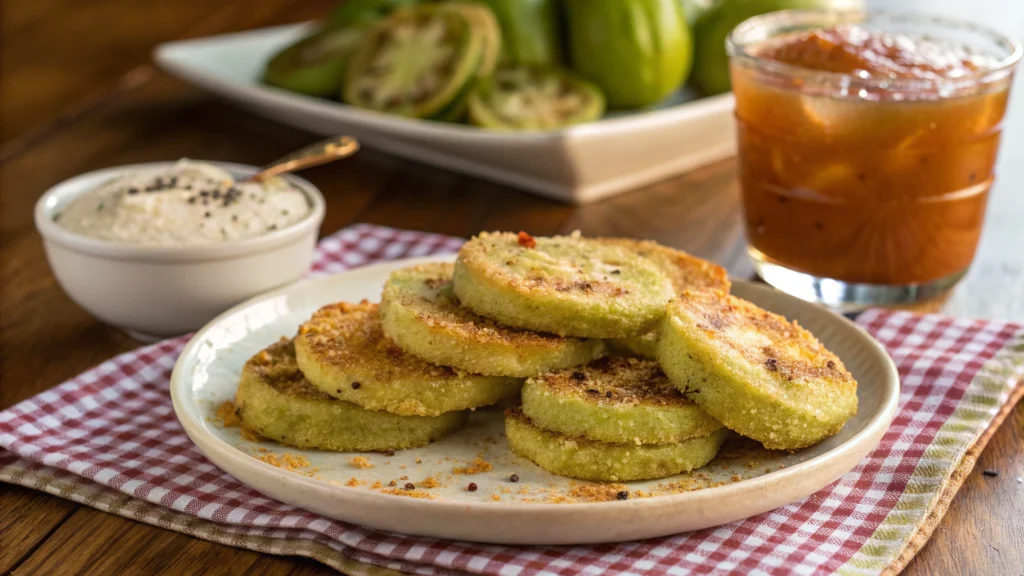


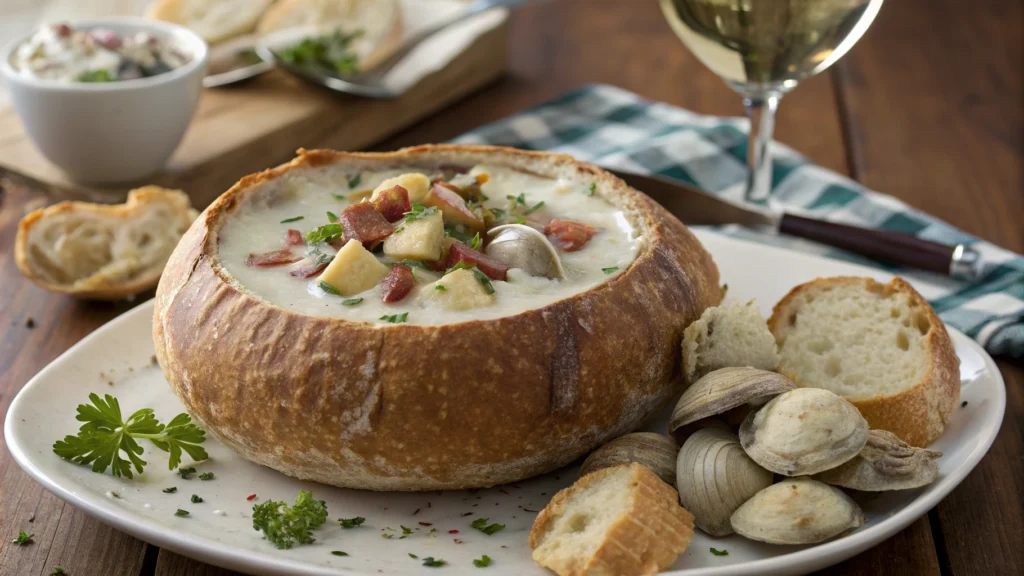

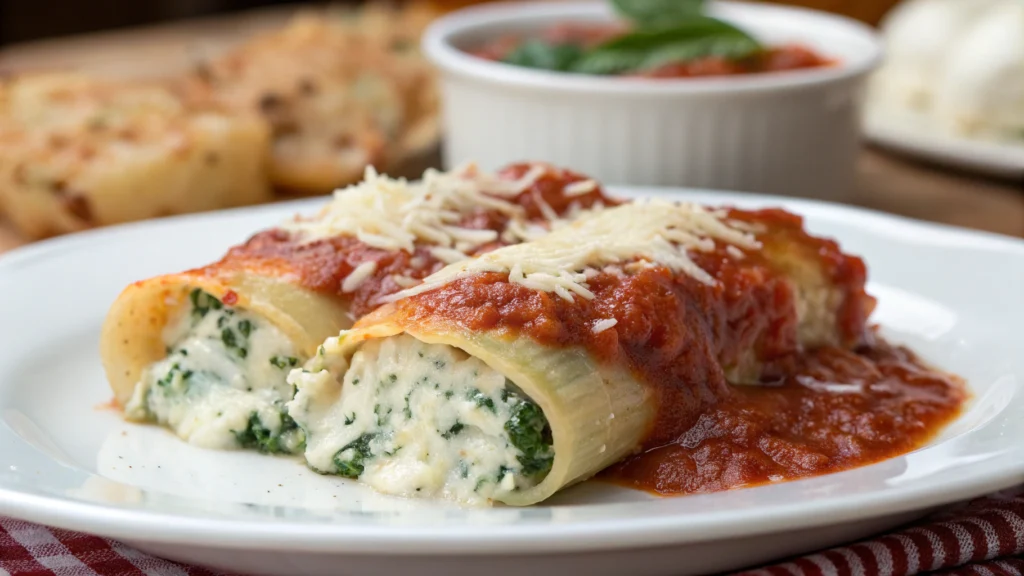

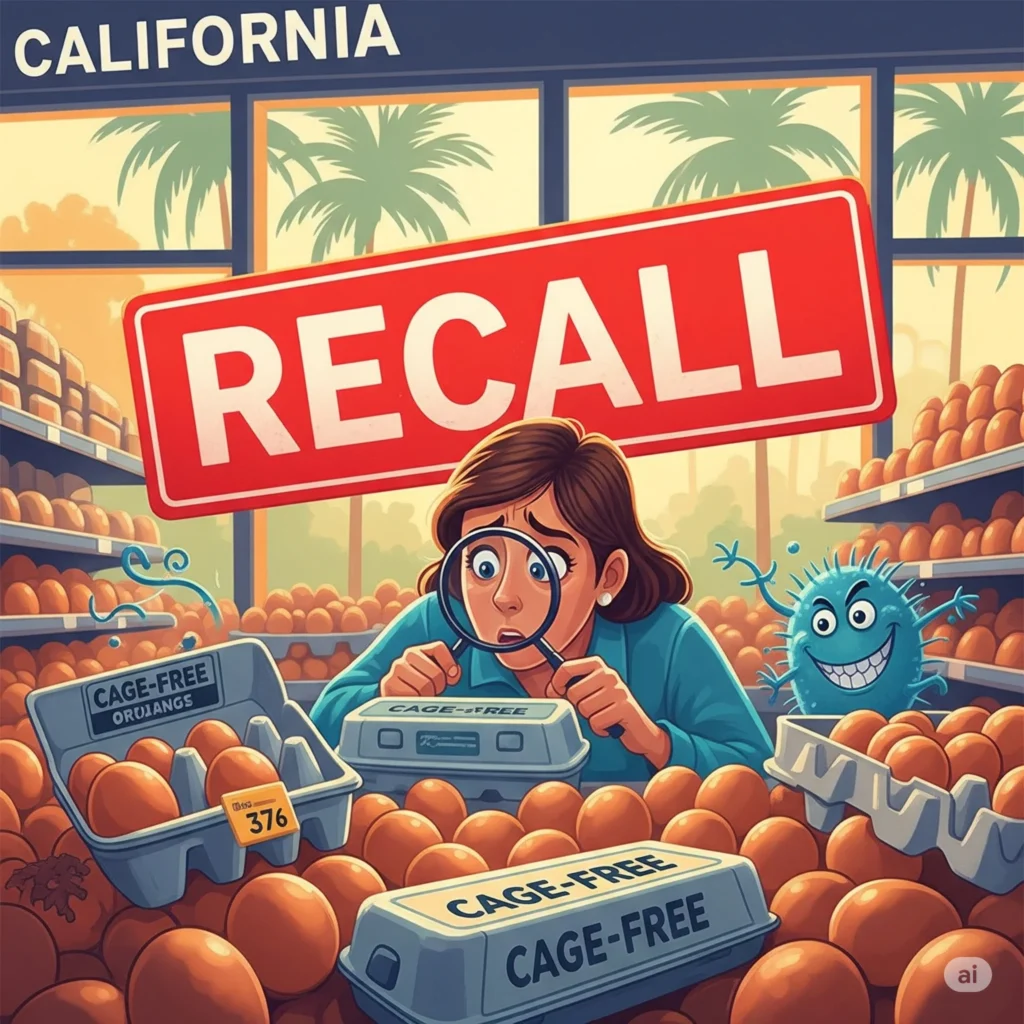




sources
- Link: https://www.healthline.com/nutrition/swai-fish
- Link: https://utopia.org/guide/why-you-really-shouldnt-eat-pangasius/
- Link: https://castandspear.com/pangasius-fish/
- Link: https://welzo.com/blogs/nutrition/swai-fish
- Link: https://kitchenjournal.net/the-truth-about-swai-fish/
- Link: https://www.mdpi.com/2076-2607/9/8/1678
- Link: https://www.health.com/swai-fish-8627720
